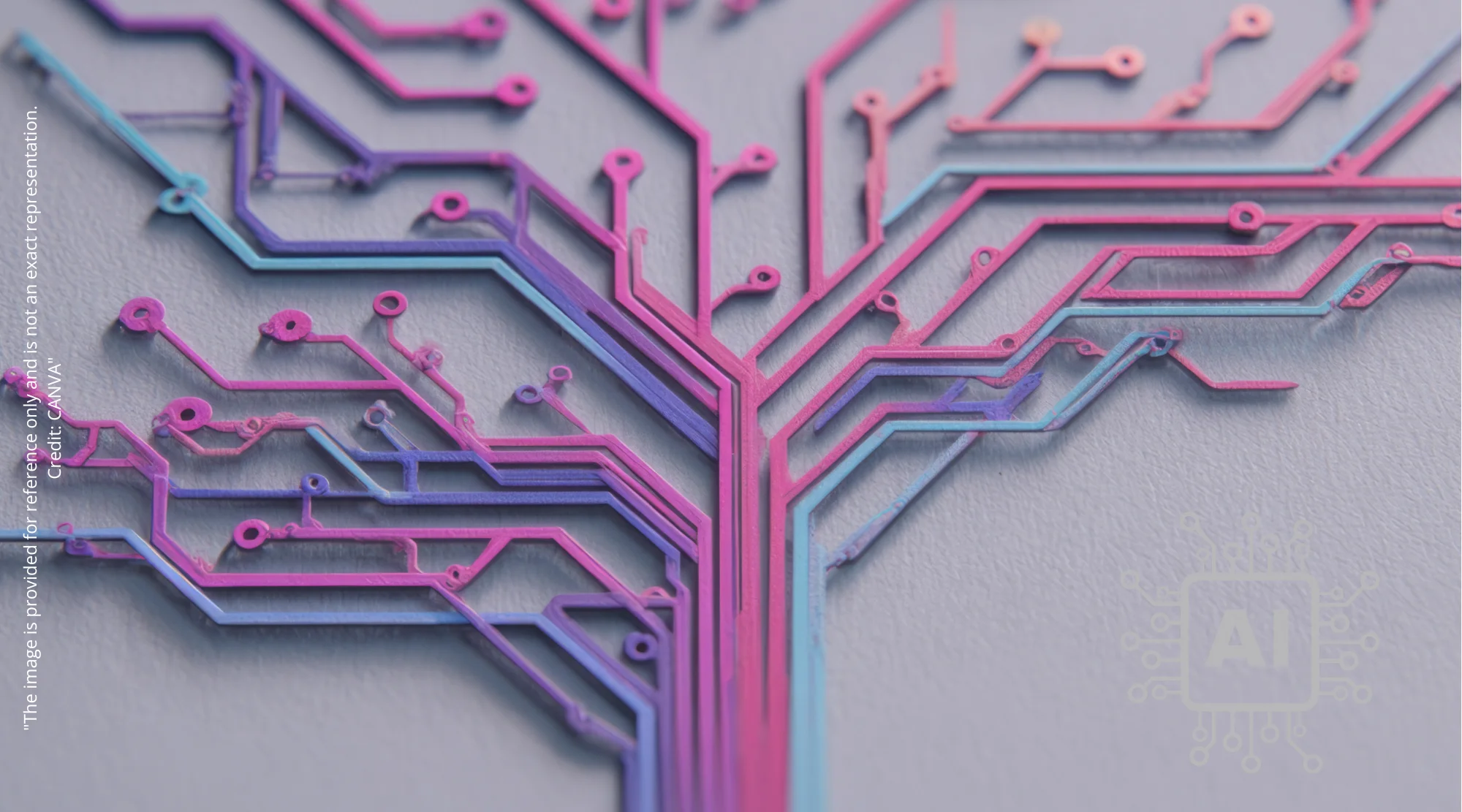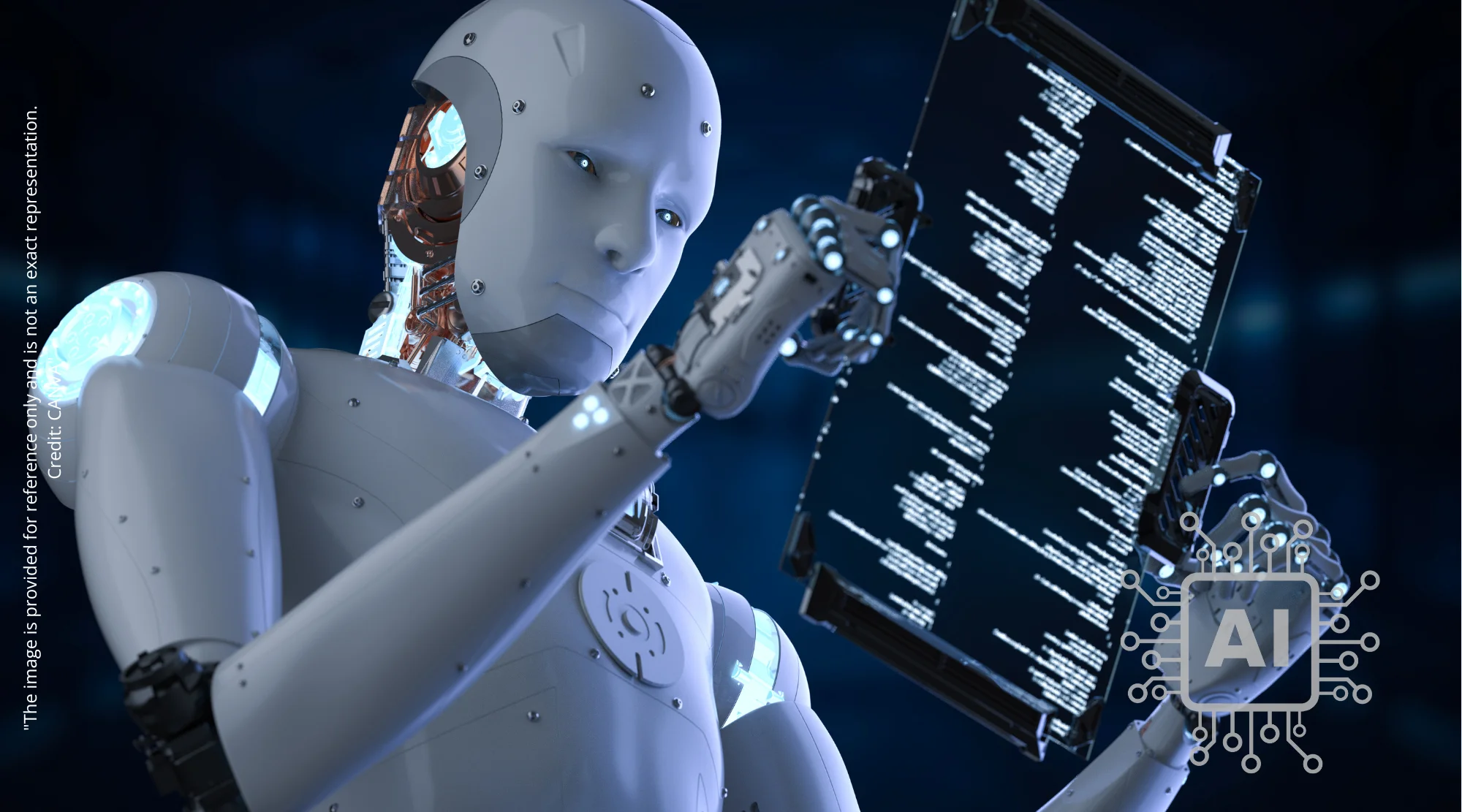Artificial intelligence is rapidly changing how businesses operate, and two of its most intriguing branches are generative AI and neural networks. This article explores how these technologies differ, what they can do, and what their future may hold. Discover how generative AI is revolutionizing content creation, while neural networks are enhancing everything from healthcare to self-driving cars. Read on to learn how these powerful tools are impacting industries and shaping the future of technology.
Generative AI vs. Neural Networks: Understanding the Core Differences and Future Impact
Artificial Intelligence (AI) has undergone a dramatic evolution, and at the forefront of this revolution are two remarkable technologies: generative AI and neural networks. These advancements are not just theoretical concepts; they’re actively reshaping industries, enhancing creativity, and solving complex problems. In this article, we’ll dissect the fundamental principles of each, compare their functionalities, explore real-world applications, and gaze into the crystal ball to predict their future impact.
Understanding Generative AI: The Creative Spark of Artificial Intelligence

Generative AI represents a paradigm shift in the field of artificial intelligence. Unlike traditional AI, which focuses on analyzing existing data and making predictions, generative AI possesses the remarkable ability to create entirely new content. This includes text, images, music, and even code. It’s like giving a computer the power to imagine and bring its ideas to life.
At its core, generative AI leverages algorithms that learn the underlying patterns and structures within a dataset and then uses this knowledge to produce novel outputs that resemble the training data. This capability opens up a universe of possibilities, from generating photorealistic images of people who don’t exist to composing original musical scores.
The Concept of Generative AI
Generative AI embodies the idea that machines can move beyond mere imitation or analysis. It allows machines to generate original, creative content, constrained only by the scope of their training data and the ingenuity of their programming. Consider the implications: AI could design new products, write compelling stories, or even develop innovative scientific solutions.
Key Components of Generative AI
Generative AI models typically consist of two main components:
- Generator: This component is responsible for creating new content. It takes random noise as input and transforms it into a structured output, such as an image or a text passage.
- Discriminator: This component acts as a judge, evaluating the generated content and determining its authenticity. It compares the generated content to real examples from the training data and provides feedback to the generator.
This generator-discriminator dynamic, often implemented using Generative Adversarial Networks (GANs), is crucial to the learning process. The generator strives to fool the discriminator, while the discriminator tries to accurately distinguish between real and fake content. This constant competition drives both components to improve, resulting in increasingly realistic and creative outputs.
Applications of Generative AI
The applications of generative AI are incredibly diverse and continue to expand:
- Art and Design: Generative AI is revolutionizing the creative process, enabling artists and designers to explore new styles, generate novel ideas, and create unique pieces of art.
- Music Composition: AI algorithms can compose original musical pieces, generating melodies, harmonies, and rhythms that evoke emotions and inspire creativity.
- Content Creation: Generative AI can automate the creation of various types of content, including articles, product descriptions, and social media posts, saving time and resources for businesses.
- Drug Discovery: By generating new molecular structures and predicting their properties, AI algorithms can accelerate the drug discovery process and lead to the development of new treatments.
- Virtual Reality and Gaming: Generative AI can create realistic environments, characters, and even entire game levels, enhancing the immersive experience for players.
Diving Deep into Neural Networks: Mimicking the Human Brain
Neural networks are a cornerstone of modern AI. Inspired by the structure and function of the human brain, these networks are designed to recognize patterns, learn from data, and make predictions. Unlike generative AI, which focuses on creating new content, neural networks primarily excel at analyzing existing data and extracting meaningful insights.
The Structure of Neural Networks
A neural network consists of interconnected nodes, or neurons, organized in layers. The input layer receives data, which is then processed through one or more hidden layers, and finally, the output layer produces the result.
- Neurons: Each neuron receives input from other neurons, performs a mathematical calculation, and passes the result to other neurons.
- Layers: The layers of a neural network work together to extract increasingly complex features from the data.
- Weights and Biases: The connections between neurons are assigned weights, which determine the strength of the connection. Biases are added to the neurons to adjust the output.
Through a process called training, the weights and biases of the neural network are adjusted to minimize the difference between the predicted output and the actual output. This allows the network to learn from data and improve its accuracy over time.
Types of Neural Networks
Different types of neural networks are designed for specific tasks:
- Convolutional Neural Networks (CNNs): These networks are particularly well-suited for image and video recognition tasks. They use convolutional layers to extract features from images, such as edges, textures, and shapes.
- Recurrent Neural Networks (RNNs): These networks are designed for processing sequential data, such as text and speech. They have feedback connections that allow them to remember previous inputs and use this information to make predictions.
- Generative Adversarial Networks (GANs): As mentioned earlier, GANs are a type of neural network used in generative AI. They consist of a generator and a discriminator that work together to create new content.
- Attention Mechanisms: Improving focus for neural networks, attention mechanisms are key to processing large datasets efficiently by highlighting relevant information and improving overall performance and relevance. Learn more about AI architectures with a deep dive into Neural Network Models: A Comprehensive Guide to AI Architectures.
Real-World Uses of Neural Networks
Neural networks have found widespread applications across various industries:
- Healthcare: Neural networks are used to diagnose diseases, predict patient outcomes, and develop new treatments.
- Finance: They are used to detect fraud, predict market trends, and automate trading decisions.
- Transportation: Neural networks power self-driving cars, analyze traffic patterns, and optimize transportation routes.
- Customer Service: Chatbots powered by neural networks provide instant customer support and answer frequently asked questions.
Comparing Generative AI and Neural Networks: Key Differences and Synergies

While both generative AI and neural networks are powerful tools within the AI landscape, it’s crucial to understand their distinct characteristics and how they complement each other.
Similarities Between Generative AI and Neural Networks
- Reliance on Algorithms: Both technologies rely on complex algorithms to process data and achieve their respective goals.
- Learning from Data: Both generative AI and neural networks learn from data to improve their performance.
- Applications in Creative Fields: Both technologies have found applications in creative fields, such as art, music, and design.
Differences Between Generative AI and Neural Networks
| Feature | Generative AI | Neural Networks |
|---|---|---|
| Primary Goal | Create new content | Analyze data and make predictions |
| Focus | Originality and creativity | Accuracy and efficiency |
| Typical Output | Images, text, music, code | Predictions, classifications, insights |
| Core Components | Generator and Discriminator | Neurons, layers, weights, biases |
| Data Needs | Datasets for creative generation | Data for training and prediction |
The Interplay of Generative AI and Neural Networks
It’s important to note that generative AI often uses neural networks as its building blocks. For instance, GANs, a popular type of generative AI, are comprised of two neural networks (generator and discriminator) working in tandem. In this sense, generative AI can be seen as a specialized application of neural network technology.
The Impact of Generative AI and Neural Networks on Technology and Beyond
The impact of generative AI and neural networks extends far beyond the realm of computer science. These technologies are transforming industries, revolutionizing workflows, and creating new opportunities across various sectors.
How Generative AI is Shaping the Tech Industry
- Revolutionizing Content Creation: Generative AI is automating content creation processes, enabling businesses to produce high-quality content at scale.
- Enhancing Product Design: AI algorithms can generate innovative product designs, accelerating the design process and reducing time-to-market.
- Creating Immersive Experiences: Generative AI is used to create realistic virtual characters, environments, and game levels, enhancing the immersive experience for users.
The Role of Neural Networks in Modern Technology
- Powering Voice Assistants: Voice assistants like Siri and Alexa rely on neural networks for speech recognition and natural language processing.
- Improving Recommendation Systems: Streaming platforms and e-commerce websites use neural networks to recommend products and content to users.
- Enabling Autonomous Navigation: Self-driving cars rely on neural networks to analyze road conditions and make driving decisions.
Ethical Considerations
As generative AI and neural networks become more powerful, it’s essential to address the ethical considerations associated with these technologies. This includes issues such as bias, fairness, transparency, and accountability. Ensuring that these technologies are developed and used responsibly is crucial to maximizing their benefits and mitigating potential risks. For more on the complexities, read about Grok AI Ethics: Navigating the Complexities of Content Generation and Safety.
Future Prospects of Generative AI and Neural Networks: A Glimpse into Tomorrow
The future of generative AI and neural networks is brimming with possibilities. As research and development continue, we can expect even more groundbreaking advancements in these fields.
Predicted Developments in Generative AI
- More Realistic Content: Generative AI algorithms will continue to improve, producing even more realistic and believable content.
- Wider Range of Applications: Generative AI will find applications in new industries and domains, transforming the way we live and work.
- Personalized Experiences: Generative AI will be used to create personalized content and experiences tailored to individual preferences.
Anticipated Advances in Neural Networks
- More Efficient Networks: Researchers are working to develop more efficient neural networks that require less data and computing power.
- Explainable AI: Efforts are underway to make neural networks more transparent and understandable, allowing us to understand how they make decisions.
- Integration with Other Technologies: Neural networks will be integrated with other technologies, such as robotics and the Internet of Things, to create new and innovative solutions.
Conclusion: Embracing the AI Revolution
Generative AI and neural networks represent two of the most exciting and transformative technologies in the world today. While they differ in their core functionalities, they share the common goal of leveraging data and algorithms to solve complex problems and enhance human capabilities.
As these technologies continue to evolve, it’s crucial to understand their potential impact and embrace the opportunities they create. By fostering innovation, addressing ethical considerations, and investing in research and development, we can unlock the full potential of generative AI and neural networks and shape a future where these technologies benefit society as a whole. They both point to the ongoing revolution in AI, with potential impacts discussed in “AI Job Shift 2025: Statistics & Reality of Workplace Transformation.”



One thought on “Generative AI vs. Neural Networks: Key Differences & Future Impact”